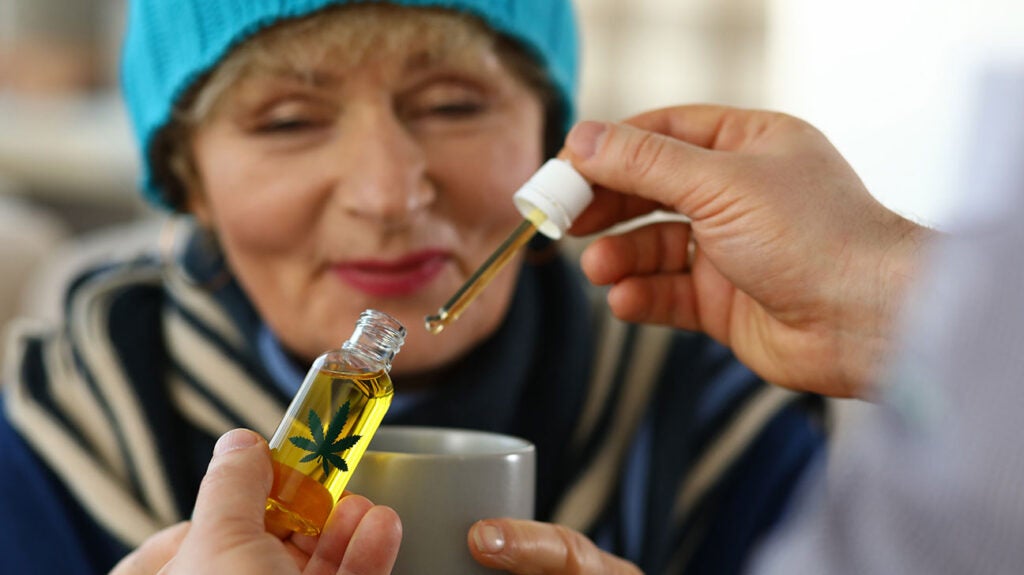
The COVID-19 pandemic highlighted the importance of epidemiology in navigating global health crises. While frontline healthcare workers often receive the spotlight (and rightly so), the unsung heroes behind the scenes—masters in epidemiology —play a crucial role in anticipating and mitigating pandemics. These data-driven experts are the ones who study the when, where, and how of disease outbreaks to guide effective public health interventions.
But what exactly do epidemiologists do, and how do they contribute to pandemic preparedness? Below, we unpack their essential role in keeping the world’s population safe and informed.
What Is an Epidemiologist?
At its core, epidemiology is the study of the distribution and determinants of health events within specific populations. Epidemiologists investigate the patterns, causes, and effects of diseases and injuries. Unlike clinical doctors focused on individuals, epidemiologists assess health at a population level to identify risks, prevent diseases, and improve overall health outcomes.
Whether it’s dissecting data to identify trends or designing mass-scale prevention campaigns, epidemiologists are pivotal to developing strategies that save lives.
Key Roles of Epidemiologists in Pandemic Preparedness
A pandemic doesn’t emerge in a vacuum, and neither do the solutions. Below are the primary ways epidemiologists contribute to pandemic preparedness and response.
1. Surveillance and Detection of Emerging Threats
Epidemiologists act as the first line of defense by actively monitoring disease trends across the globe. Through surveillance systems, they gather data on infections, hospitalizations, and even environmental factors to detect unusual patterns. This kind of real-time monitoring can identify emerging threats before they escalate.
For instance, influenza monitoring programs are a classic example of global disease surveillance. These programs allow epidemiologists to track flu strains and predict potential outbreaks. Early detection enables governments and organizations to implement containment strategies such as travel restrictions or enhanced hygiene campaigns quickly.
2. Data Analysis for Predictive Insights
One of the epidemiologist’s strongest tools is statistical modeling. By analyzing historical data, these specialists can predict how a new disease might spread based on variables such as population density, mobility patterns, and vaccination rates. Such models guide policymakers on resource allocation, such as where to deploy testing centers or how much medical equipment to stockpile.
During the COVID-19 pandemic, epidemiological models were instrumental in estimating case trajectories, guiding decisions on lockdowns, and projecting hospital bed shortages. These insights saved countless lives by giving authorities the ability to act proactively rather than reactively.
3. Devising Containment and Mitigation Strategies
After identifying risks, epidemiologists recommend containment strategies to curtail disease spread. These may include quarantines, vaccination drives, or public awareness campaigns. Their decisions are grounded in extensive research and benefit from trial simulations that test the efficacy of different approaches.
For example, vaccinations remain one of the most effective tools in pandemic control. Epidemiologists don’t just identify who should be vaccinated—they evaluate the necessary coverage rates to achieve herd immunity, ensuring that diseases are not able to spread within a population.
4. Training and Capacity-Building
Pandemic preparedness isn’t just about reacting in the moment; it’s about building robust systems beforehand. Epidemiologists often work with local health departments to train healthcare providers, ensuring they know how to spot and manage unusual disease patterns. By building capacity in underserved areas, epidemiologists help create a stronger global health infrastructure capable of withstanding future pandemics.
5. Crafting Public Health Policies
Epidemiologists bridge the gap between science and policy. Through their research, they provide evidence-based recommendations to governments and international organizations like the World Health Organization (WHO). These recommendations form the backbone of laws or guidelines designed to manage pandemics.
For example, data from epidemiological studies have spurred the formation of policies like mask mandates, social distancing rules, and vaccination requirements. These policies might not always be popular but are often essential in protecting public health during a crisis.
The Future of Epidemiology in Pandemic Preparedness
The pandemic has accelerated innovation in epidemiology. New tools like AI-powered analytics and next-gen sequencing technologies are empowering epidemiologists to respond faster and with more specificity. Tools like Google Flu Trends, which aggregates search data to estimate health trends, show how technology and epidemiology are merging.
Furthermore, global collaborations like the WHO’s International Health Regulations (IHR) ensure epidemiologists from different countries can share data, insights, and resources rapidly during a health emergency. International cooperation will remain a linchpin for managing future pandemics effectively.
Why Their Role Matters More Than Ever
The past two decades have seen multiple emerging infectious diseases, from SARS to Ebola and now COVID-19. Climate change, globalization, and urbanization are increasing the likelihood of pandemics, making epidemiology a vital field. With their deep understanding of disease patterns and prevention strategies, epidemiologists are humanity’s best defense against future health crises.
If there’s one lesson we’ve learned, it’s this—pandemics are not a question of if, but when. By investing in epidemiology and listening to its experts, countries can enhance their readiness, preventing public health emergencies from snowballing into global disasters.






